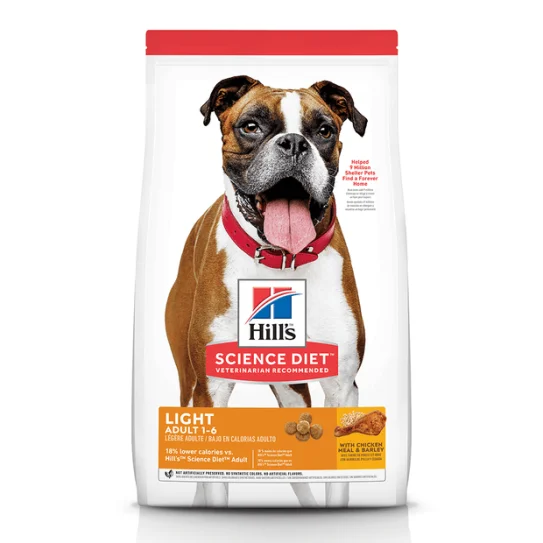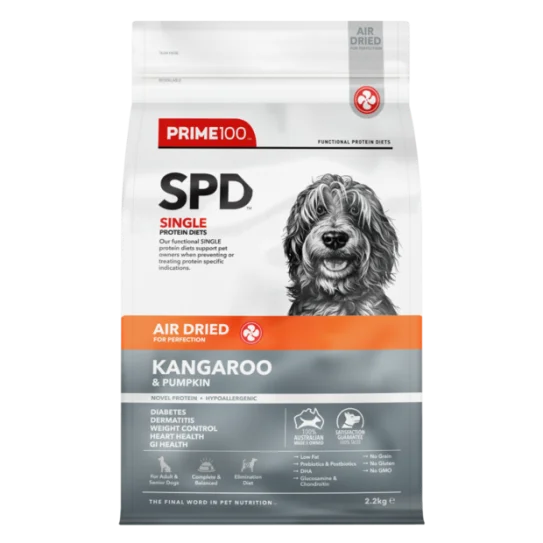When looking for a new diet for your pup following their diagnosis with Pancreatitis, you will want to know that the diet you are feeding is low in fat, will prevent future flare ups, can be fed exclusively and long-term, and is your dog going to enjoy eating it. Often the diet you choose will be their diet for the rest of their life, so you want to also choose something that is financially viable.
Is It Vet Recommended?
The diet you will be using is being used to manage a health condition and prevent any acute pancreatitis episodes. To perform this job, many vets will recommend a Prescription Diet. If you are choosing a diet outside of this recommendation, then make sure you confirm with your examining Veterinarian first. Depenging on your dog's ability to tolerate fat, some commericial diets with higher fat contents may not be suitable. It is also important that your vet approves the new food is suitable for your dog to continue managing their pancreatitis.
Is It Really Low Fat?
While many weight management diet may boast being lower fat content, weight loss and low fat do not equate to the same thing. Many weight management diets do have a reduced fat content, but will still meet the standard fat contents for an adult maintenance diet. For a dog diagnosed with Pancreatitis, these fat contents, often around 15-18%, are too high and could potentially lead to a flare up.
Ideally a dog diagnosed with Pancreatitis will require a diet containing less than 10% Fat. Many diets will list their minimum fat content on the product, so be sure to keep this in mind as the maximum fat content will often be around 3-4% more than this.
Can It Be Fed Exclusively?
In order to manage Pancreatitis, your dog will be on a low fat diet long term, and that diet will need to be fed exclusively, perhaps aside from low fat treats. Any other maintenance diet or table scrap additions could potentially trigger a flare up of the condition, and see your dog back in hospital. Not only does the diet need to be low in fat, it will also need to be nutritionally balanced and complete and suitable for long term use, even as your dog ages into their senior years. So be sure to check the diet you are offering is high quality, nutritionally balanced and complete, easily digestible and suitable for multiple life stages.
Is The Cost Maintainable?
This is a diet your dog will need to stay on consistently, so remember to check the cost of the product and if it will suit your budget long term. The best way to work out how much your dog's food is going to cost long term, is by calculating the cost per feed and the cost per year. This can be determined by working out how much food your dog needs each day and dividing the cost of the back per kg, by the number of grams (as 0.) your dog eats each day. You can then work out how long a bag will last and how much it will cost for a year.

